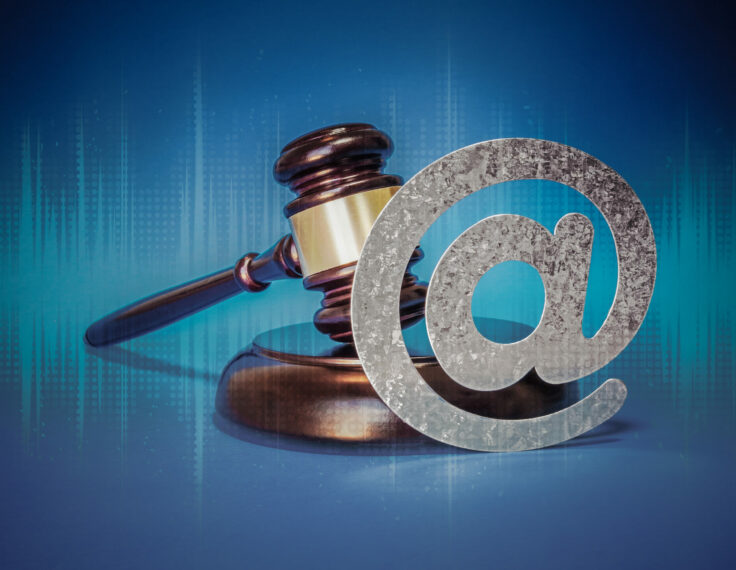
Redesigning consent: Big data, bigger risks
Joan Donovan
Over the last decade, the rapid proliferation of social media platforms coupled with the advancement of computational methods for collecting, processing, and analyzing big datasets created new opportunities for social science. But alongside new insights about the behaviors of individuals and groups, these practices raise new questions regarding what constitutes ethical research.

How trust in experts and media use affect acceptance of common anti-vaccination claims
Dominik Andrzej Stecula, Ozan Kuru and Kathleen Hall Jamieson
Surveys of nearly 2,500 Americans, conducted during a measles outbreak, suggest that users of traditional media are less likely to be misinformed about vaccines than social media users. Results also suggest that an individual’s level of trust in medical experts affects the likelihood that a person’s beliefs about vaccination will change.

Cross-platform disinformation campaigns: Lessons learned and next steps
Tom Wilson and Kate Starbird
We conducted a mixed-method, interpretative analysis of an online, cross-platform disinformation campaign targeting the White Helmets, a rescue group operating in rebel-held areas of Syria that have become the subject of a persistent effort of delegitimization. This research helps to conceptualize what a disinformation campaign is and how it works.

Russian Twitter disinformation campaigns reach across the American political spectrum
Deen Freelon and Tetyana Lokot
Evidence from an analysis of Twitter data reveals that Russian social media trolls exploited racial and political identities to infiltrate distinct groups of authentic users, playing on their group identities. The groups affected spanned the ideological spectrum, suggesting the importance of coordinated counter-responses from diverse coalitions of users.

Answering impossible questions: Content governance in an age of disinformation
John Bowers and Jonathan Zittrain
The governance of online platforms has unfolded across three eras – the era of Rights (which stretched from the early 1990s to about 2010), the era of Public Health (from 2010 through the present), and the era of Process (of which we are now seeing the first stirrings).

“Fake news” may have limited effects beyond increasing beliefs in false claims
Andrew M. Guess, Dominique Lockett, Benjamin Lyons, Jacob M. Montgomery, Brendan Nyhan and Jason Reifler
Since 2016, there has been an explosion of interest in misinformation and its role in elections. Research by news outlets, government agencies, and academics alike has shown that millions of Americans have been exposed to dubious political news online. However, relatively little research has focused on documenting the effects of consuming this content.

Emphasizing publishers does not effectively reduce susceptibility to misinformation on social media
Nicholas Dias, Gordon Pennycook and David G. Rand
Survey experiments with nearly 7,000 Americans suggest that increasing the visibility of publishers is an ineffective, and perhaps even counterproductive, way to address misinformation on social media. Our findings underscore the importance of social media platforms and civil society organizations evaluating interventions experimentally rather than implementing them based on intuitive appeal.

Volume 1, Issue 1
Irene Pasquetto
Volume 1, Issue 1 Editorial
By Irene PasquettoFor the scope of this publication, we use the term “misinformation” to refer to all kinds of false or inaccurate information, independently from the fact that such information was deliberately created and spread to deceive.
